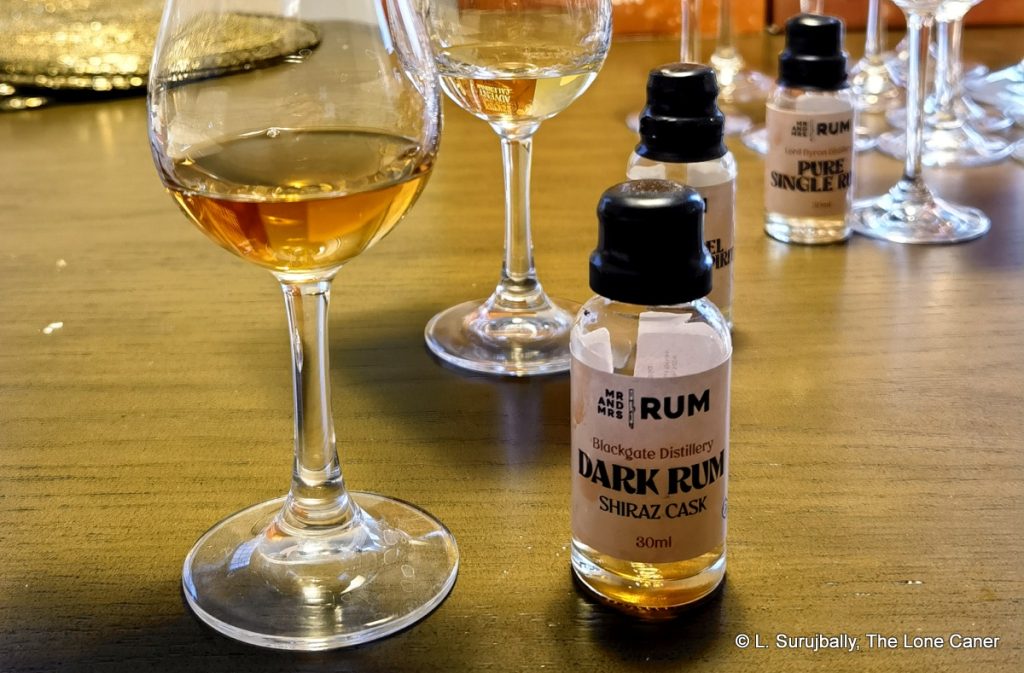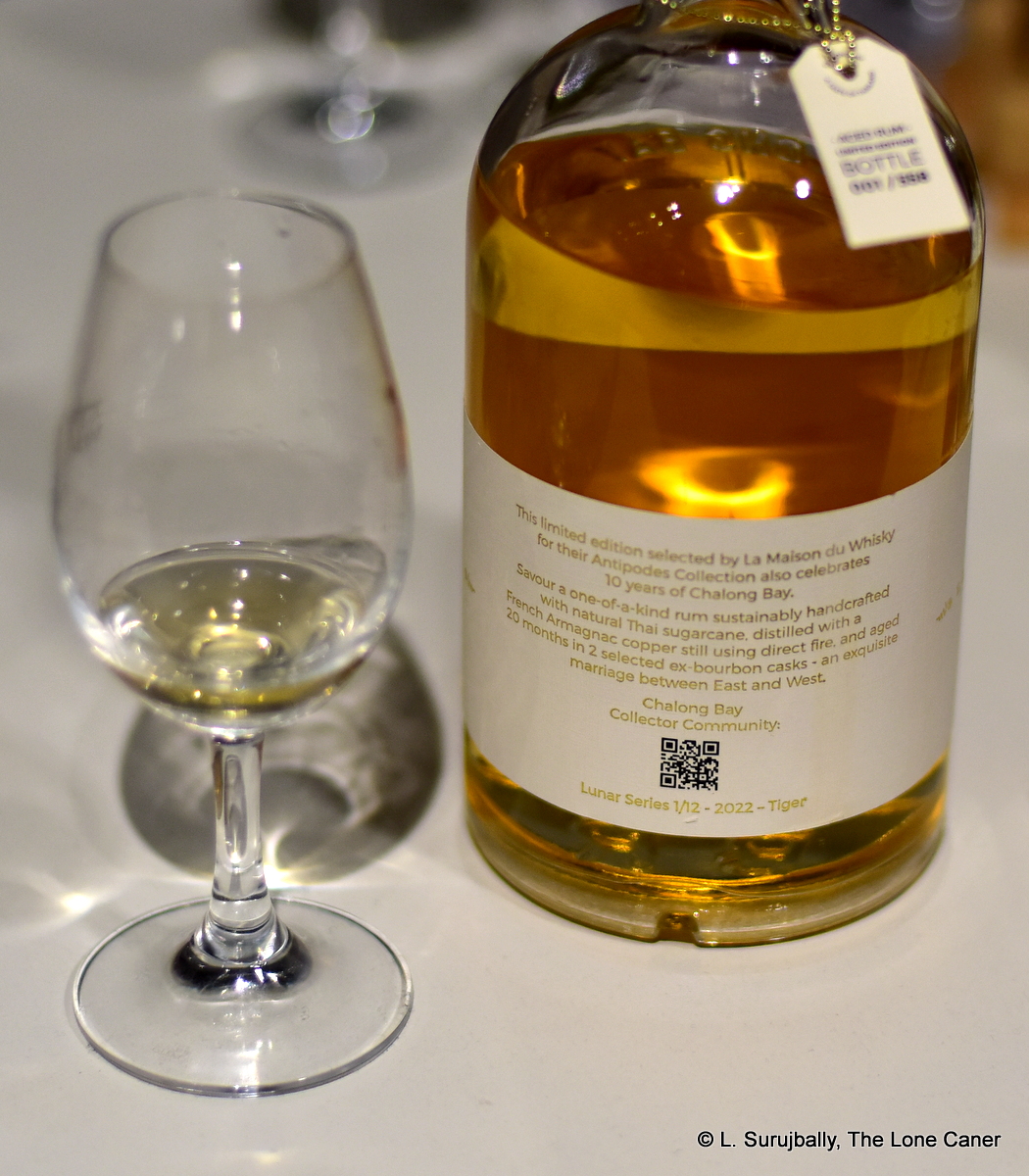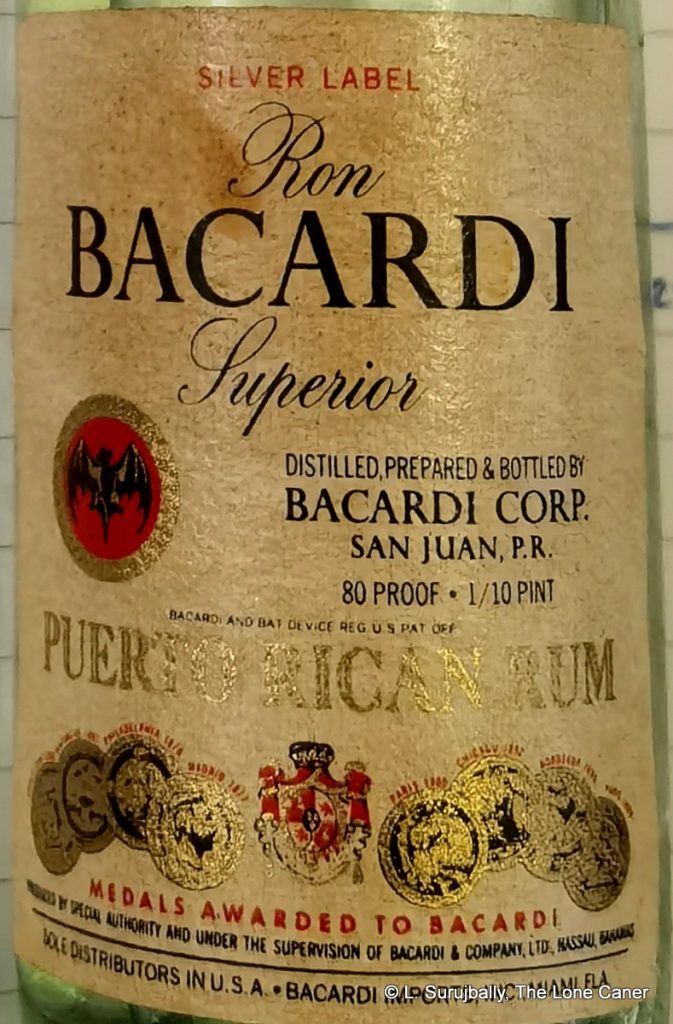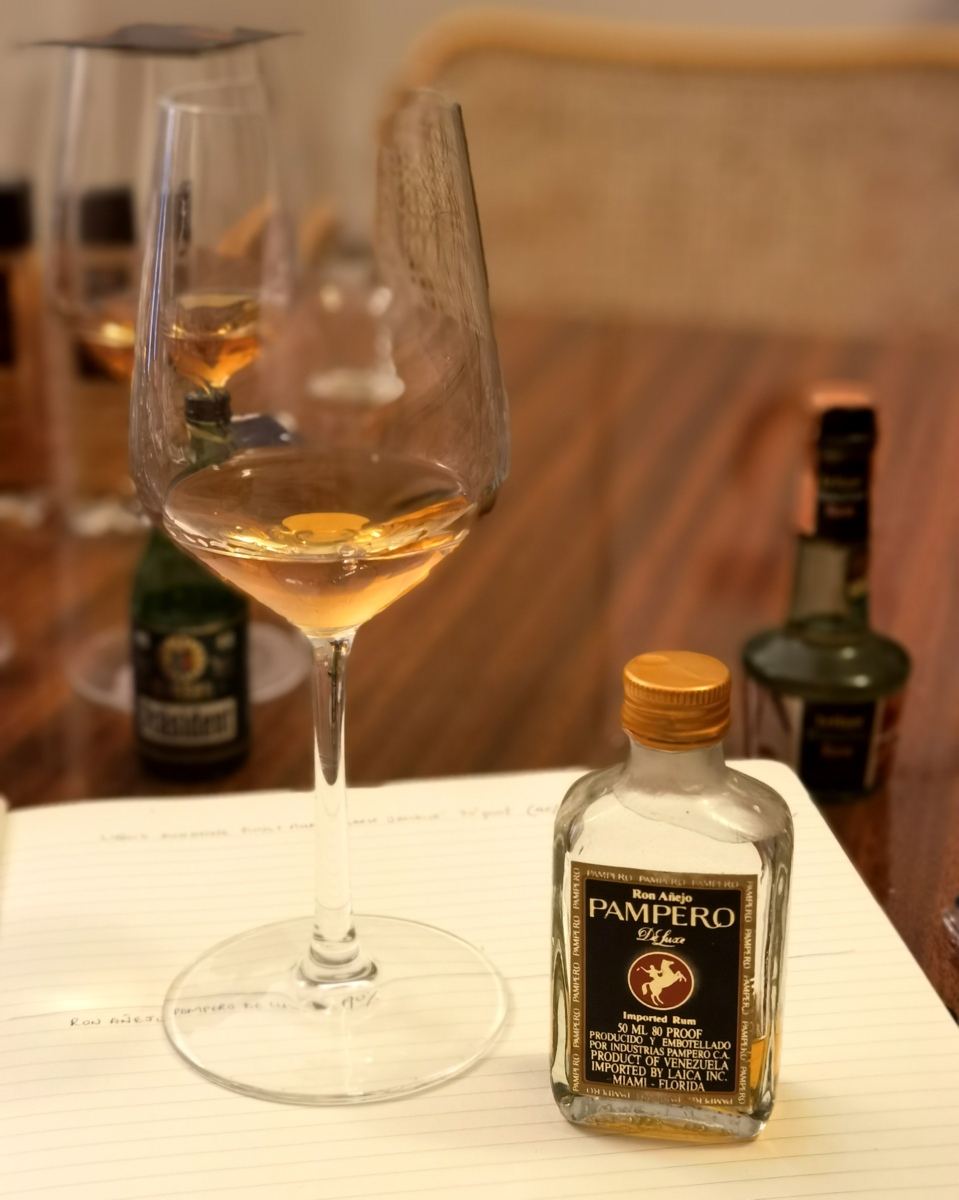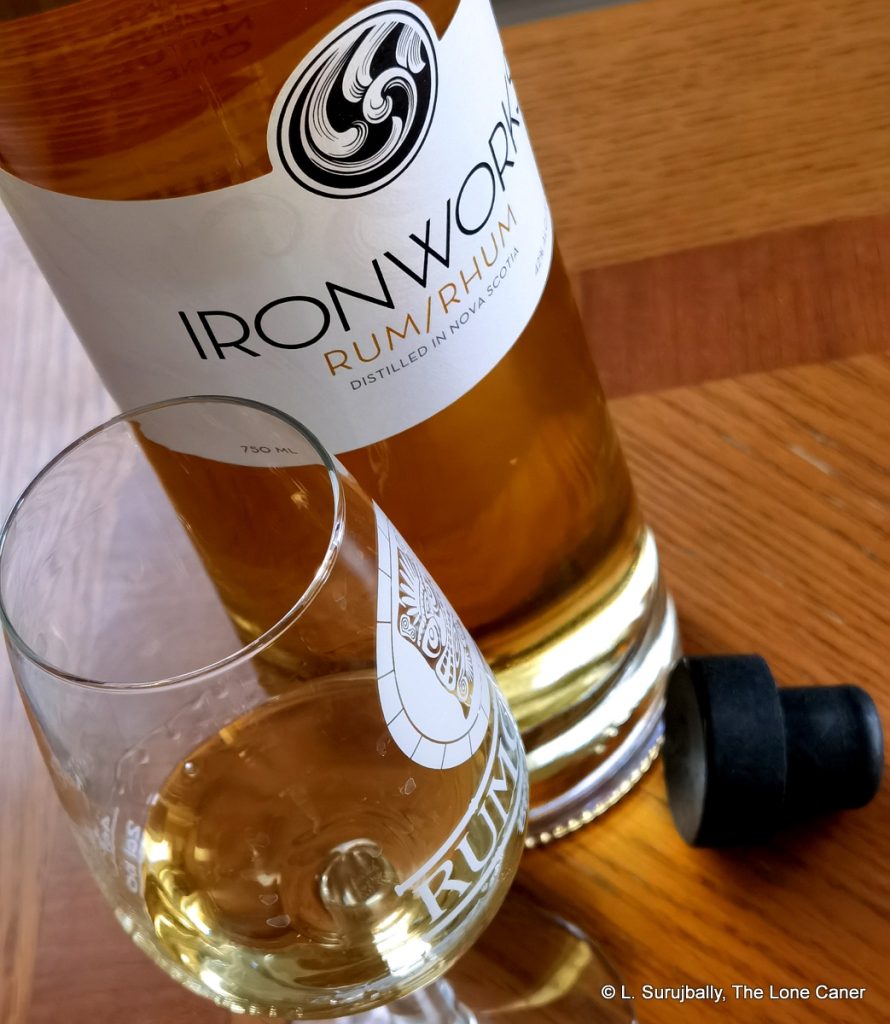Black Gate distillery is an outfit to keep an eye on. The husband and wife team of Genise and Brian Hollingsworth made waves (to me, at any rate) with their 52% Dark Overproof back in 2021 and in 2023 they have come close yet again with this lovely Shiraz-cask-aged number – which doesn’t reimagine the rumiverse so much as take lots of what’s good with it and re-engineer it into a taste that’s uniquely their own.
Let’s just refresh our memories: located in central New South Wales, Black Gate was founded in 2009 in the small rural town of Mendooran. The husband and wife team splits the duties: Genise Holingsworth does the good stuff and makes the Lord’s favoured spirit, while her husband Brian dutifully makes that other obscure drink and handles the maintenance aspects (he’s a fitter machinist and auto mechanic by trade). They sourced two pot stills – relatively small at 630 litres and 300 litres capacity – and work with food grade molasses, commercial yeast and water, to make their various rum expressions. All are small batch (the rum output of Black Gate is only about 2000 litres per annum, and that includes the other thing). The distillery makes various Dark Rums with different finishes or cask maturations, and aside from whiskies, no cash flow stalwarts such as gins or “cane spirit” seem to be on the menu.
Rums are aged in Port or Sherry casks, or both, for a minimum of two years — to be able to be classified as “rum” under Australian law, if you recall. With respect to this one, the source was from the aforementioned molasses, and fermented for around two weeks, then run through the direct-fire pot still, aged about 3-4 years in a 225-litre Huntington Estate Shiraz cask from Mudgee, then left to rest for two months before bottling. As with the overproof, labels are all the same for all these dark rums no matter when made: the specifications are, in a clever bit of economising, white printed stick-ons. The strength of the sample from the 2023 advent calendar was 45.6%, and I note there’s a newer version for sale on their website at 47.2%, so be aware of and on the lookout for some batch variation.
More is not needed so let’s get right into it. Nose first – this starts off interesting right away: rubber, funk, rotten oranges, flowers, tart yoghurt, wet leather and the sour hotness of kimchi, ashlyan-foo and turkish peppers. Underneath this rather startling mash up lurks a musky odour of damp loam, a kind of freshly watered potter’s mix which doesn’t sound appetising, but which I assure you, kind of is. Coiling around all that are fainter notes of acetones, ginger, vegetable soup, and pickled russian cabbage (not sauerkraut). The nose as a whole is not unpleasant, just goes off at something of a tangent and it’s probably a good idea to to let this one stand for a bit and come back to it a few times to get the full impact.
 What I like about the taste is that it provides the tangy fruit that are not as clearly evident on the nose. Slightly sweet, it presents chocolate oranges, some caramel, leather, smoke, with vanilla and darker fruit (prunes, ripe raspberries, plums) coming through off the shiraz cask and the ageing. Ginnips, fresh cashews, grapes and green apples with a touch of licorice and that damp earth, apricots and overripe Thai mangoes, accompanied by a solid spicy heat all the way down culminating in a really nice low key but long lasting finish redolent of honey, brandy, coffee and fruitiness.
What I like about the taste is that it provides the tangy fruit that are not as clearly evident on the nose. Slightly sweet, it presents chocolate oranges, some caramel, leather, smoke, with vanilla and darker fruit (prunes, ripe raspberries, plums) coming through off the shiraz cask and the ageing. Ginnips, fresh cashews, grapes and green apples with a touch of licorice and that damp earth, apricots and overripe Thai mangoes, accompanied by a solid spicy heat all the way down culminating in a really nice low key but long lasting finish redolent of honey, brandy, coffee and fruitiness.
That’s really quite a bit for any rum to be sporting, and is one of the reasons I kept it on the go for longer than usual (two days)…just to see how it would develop. What may surprise casual drinkers is that even with all those sometimes off-kilter tastes coming through (and I must be honest – the assembly is a bit off and some will not like everything they taste here), the rum feels really accessible, even to the less exacting drinker. It gives a lot and the strength is right – more power and intensity might have shredded it – and so it doesn’t so much so much rock the boat as gently move it around a few times.
Speaking for myself, tasting this thing was a pleasure – because with their playful experimentation, careful distillation and shiraz ageing, Black Gate have produced a young rum that is a touch off the rails, sure, but also a decent and intriguing sipping experience. Perhaps it’s no accident that That Boutique-y Rum Company picked it as one of their ‘Return to Oz’ series recently. If I was their buyer, I would likely have given it a shot too.
(#1052)(84/100) ⭐⭐⭐½
Other notes
- The exact age is unknown. 3-4 years goes the blurb
- Outturn is also unclear – because of the small scale of the distillery and the notation that it is one barrel (#BG-140), one must assume it’s less than 350 bottles.
- From the 2023 Australian Advent Calendar, Day 17
